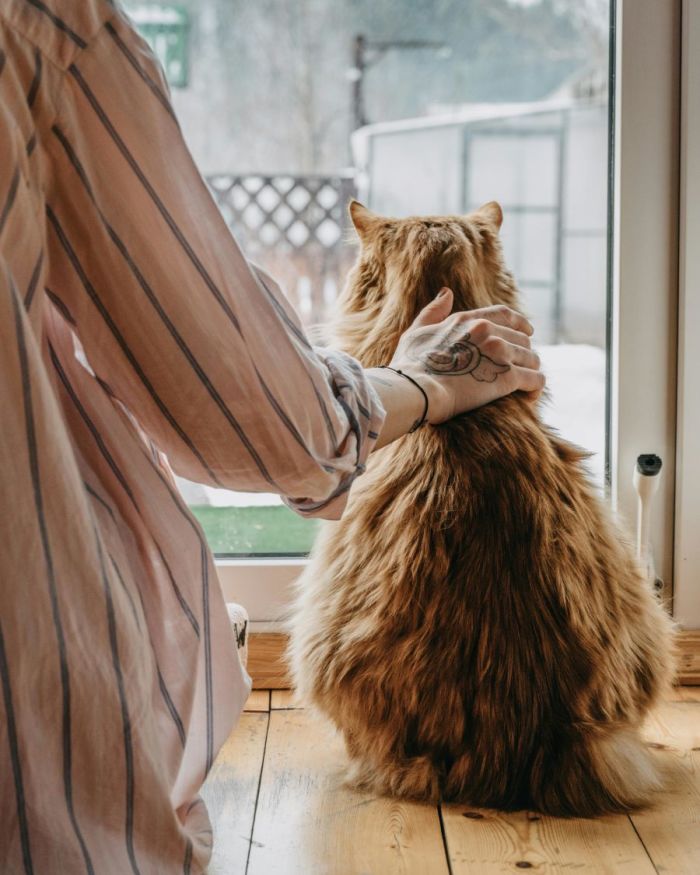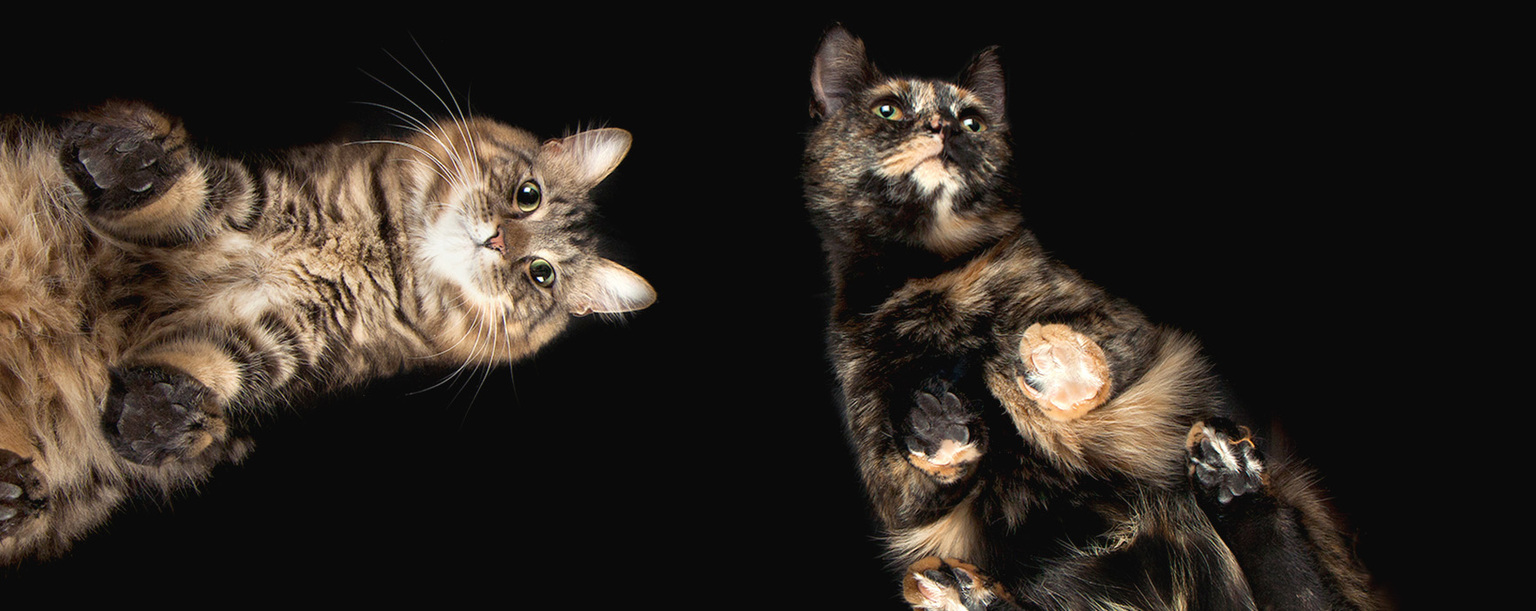 How to ask your landlord for a pet
Read more
How to ask your landlord for a pet
Read more
Last updated: 23 Feb, 2024
Published on: 4 Aug, 2015
How to introduce a new cat to other pets

It’s wonderful for a pet to have the companionship of another animal (even if some pets might not think so at first). But patience and time are the keys to successful introductions.
Some cats may bond quickly, others may take time to become snuggle buddies (or to simply tolerate each other!). The introduction can take several days (for bold little kitties) to several months (for adult prima donnas). Don’t risk an all-out fight by rushing things.
How to introduce a new cat to other cats
Read the PetRescue guide to cat-cat introductions here.
And for more tips, check out popular cat behaviourist Jackson Galaxy's video on how to introduce cats.
- Set a proper routine for your existing cat. This includes scheduled meals and playtime.
- First impressions count, so take things slowly. Allow your cats to smell and hear each other before seeing each other. Let your existing cat have a sniff of a blanket or toy used by the other cat.
- Create a separate room or a "basecamp" for your new cat and bring them straight into their basecamp when you first bring them home.
- Consider feeding the cats either side of the door, starting out with their bowls placed further away from the door and gradually moving them closer until both cats are comfortable eating either side of the door. This will allow both cats to acclimatise to each other's scents and sounds before having a face-to-face meeting.
- Be sure to spend lots of time with your existing cat so that he knows he is still special. Reassuring pats, fun games and tasty treats go a long way.
- Once your new cat is relaxed and comfortable, take them out of their room (pop them into the bathroom or another safe space) and let your original cat come into the room to investigate the new cat's sents. Repeat this a few times.
- Once there are no signs of anxiety, growling or hissing, it’s time to let the cats meet! For their first visual contact, use a screen door or baby/pet gates and put both cats on either side of the screen door or pet gate (as long as your cats don't jump these gates). This establishes their first visual contact.
- You can go back and do this again, now when they are feeding. If you are using pet/baby gates, cover it with a blanket. When the cats are on either side of the date, slowly raise the curtain. Do this a couple of times so that they gradually acclimate.
- When you're finally ready to lift the barrier between the cats, ensure that you fill this time with plenty of food and enrichment. Along with their feeding bowls, bring your cats into the room with something that they love such as their favourite toy or any other activity they enjoy. This keeps them distracted enough to avoid a staredown between the cats. Do this until both cats have tired themselves out or are bored of their activity and separate them again (even if that interaction lasts up to 2-5 minutes). Now repeat these steps the next day. Ensure that your cats leave every introduction with a positive association.
- But make sure you allow plenty of escape options and hidey spots so that either cat can take some time out if needed.
- Most cats prefer their own litter tray so allow one for each cat, as well as separate food and water bowls.
- Watch for signs of stress - eating food quickly then vomiting, excessive grooming, sleeping and/or drinking are signs that your cat isn’t happy. Spraying, toileting outside the litter tray and hiding are also associated with anxiety and stress. If either cat is excessively stressed, comfort them and go back to separating them, taking things slowly.
- It can take some time for cats to become friends, but slow and gradual introductions can help avoid chaos while they get used to each other. Give them all the time they need and be patient with your felines.
How to introduce cats and dogs
The same principles apply, but be extra mindful as a new puddy tat can be a very exciting prospect to a dog!
- Consider crating your dog and allowing your cat to investigate and have a sniff is a great first step to help your cat get used to your dog and to ensure the safety of your furry family members.
- Making a ‘cat zone’ and a ‘dog zone’ in your home using a baby gate to cordon off separate areas is also a good idea. This will allow your pets to slowly get used to each other before meeting face to face.
- Ensure your dog is leashed when first meeting your cat face to face, and ensure your cat has lots of escape options and safe spots where he can run, jump to or hide if he needs to.
- This process may take days or even weeks before you can comfortably allow your dog and cat to mingle freely. But far better to take it slow and steady rather than risk an unpleasant encounter.
- Make sure your cat’s litter box is not accessible to your dog. Cats value their privacy when pooping, thank you very much! And your dog might mistake the contents of the litter tray for a tasty treat (ew!). Baby gates are good for this purpose.
- Don’t leave your pets unsupervised unless you are sure they are getting on. If you need to go out during the early settling-in days, it’s best to keep pets separated until you are certain that it won’t end in a tooth and claw war.
For more helpful tips on introducing your cat to other cats, check out Jackson Galaxy:
Banner image by K9Kate Pet Photography.













































